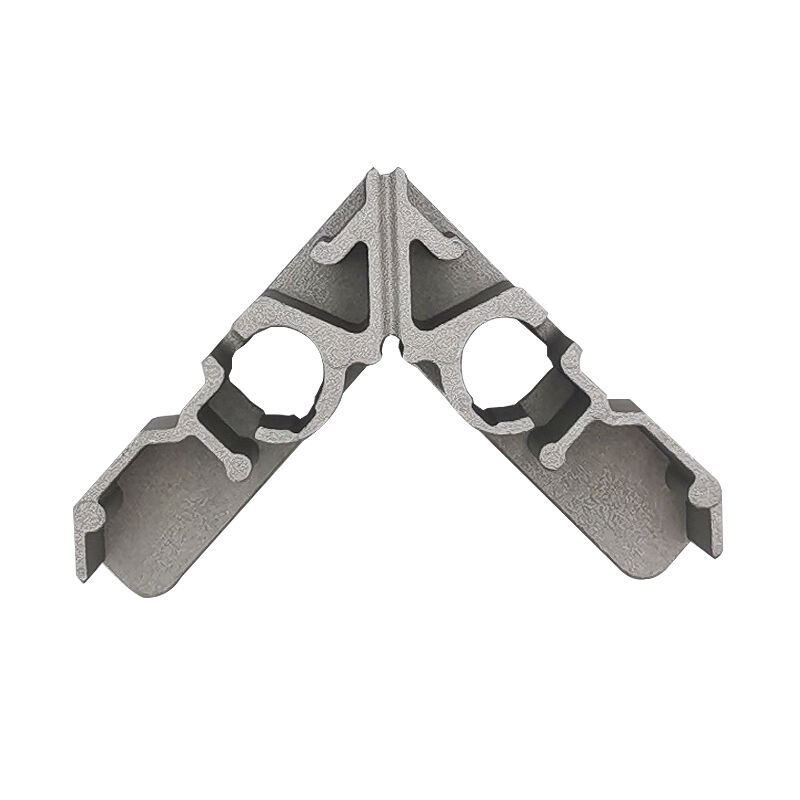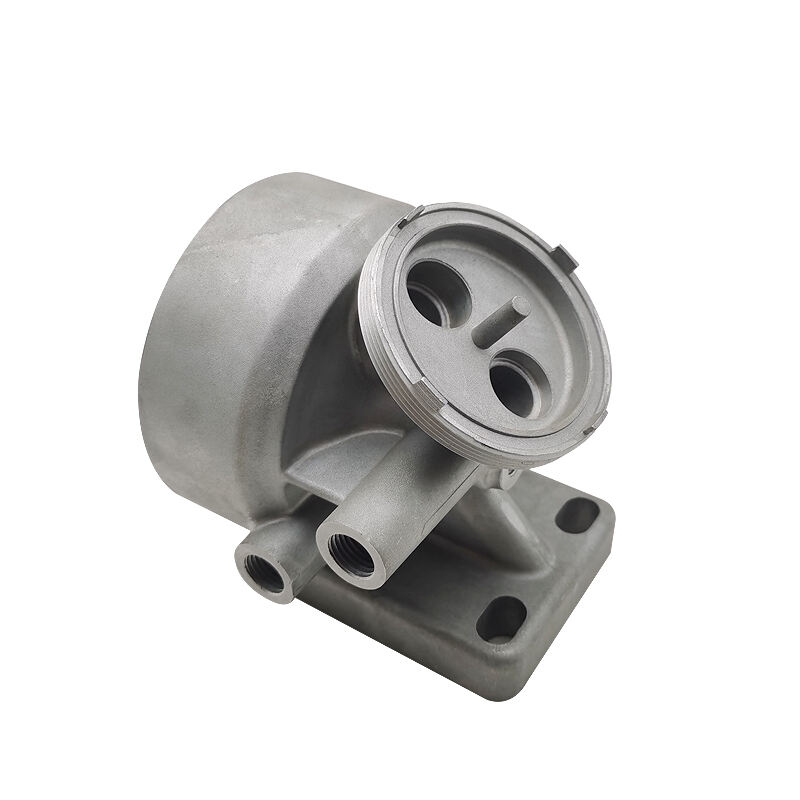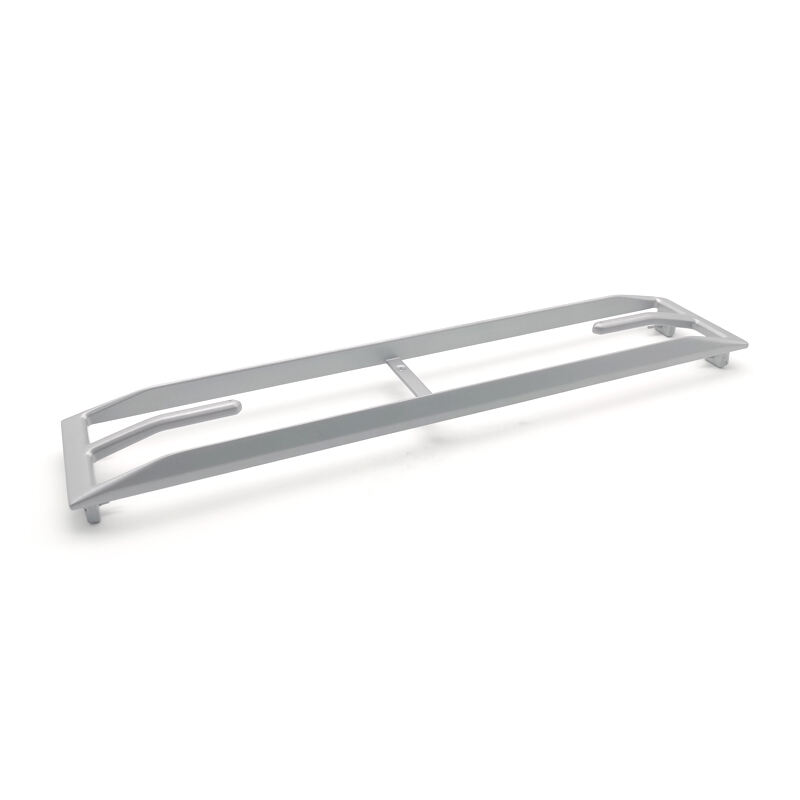aluminium casting parts
Aluminum casting parts represent a cornerstone in modern manufacturing, offering a perfect blend of durability and versatility. These components are created through various casting processes, including die casting, sand casting, and permanent mold casting, each method chosen based on specific application requirements. The process involves melting aluminum alloys and pouring them into carefully designed molds to create complex shapes and structures. These parts are distinguished by their excellent strength-to-weight ratio, making them ideal for applications where weight reduction is crucial without compromising structural integrity. The casting process allows for intricate designs with tight tolerances, ensuring precise fit and functionality in final assemblies. Modern aluminum casting techniques incorporate advanced thermal management and solidification control, resulting in components with consistent quality and superior surface finish. These parts find extensive applications across automotive, aerospace, consumer electronics, and industrial machinery sectors, where they serve critical functions in engines, transmission housings, structural components, and decorative elements. The ability to integrate multiple features into a single casting reduces assembly costs and improves overall product reliability.


